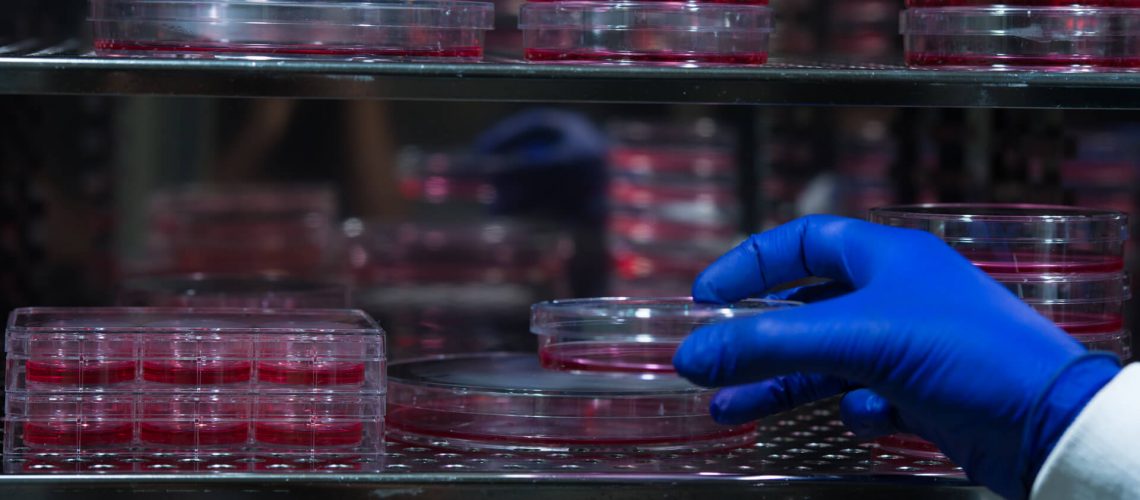This project has recently concluded; further information will be published in the near future.
Buck Institute for Research on Aging
Principal Investigator: Dr. Julie Andersen
Research Team: Cyrene Arputhasamy, Manish Chamoli, Anand Rane
Aging brains accumulate aggregates composed of aberrant forms of the protein tau, both inside and outside of neurons. These aggregates are an important driver of “normal” age-related cognitive decline, as well as neurodegenerative diseases of aging like Parkinson’s (PD) and Alzheimer’s (AD) diseases. A number of rejuvenation biotechnologies targeting aberrant tau outside of cells are currently in clinical trials, with the idea that capturing these “seeds” of tau aggregates will interrupt its “infectious” cell-to-cell transmission. But to prevent the problem entirely – and eventually reverse it – requires new strategies to target aberrant tau inside of brain neurons.
Dr. Andersen’s team is being funded by SRF to test the idea that this tau accumulation may result from age-related dysfunction of the cellular “recycling centers” (lysosomes) due to the buildup of other kinds of intracellular aggregates, such as beta-amyloid, the other major damaged protein characteristic of the AD brain. If this is indeed the case, then the most effective remediation method for aberrant tau could entail using rejuvenation biotechnology to target these primary aggregates, thus allowing the cell to clear out its own burden of aberrant tau once lysosomal function is restored.
Neurons of patients with AD and other neurodegenerative aging diseases are often full of autophagosomes (APGs), the vesicles that form around targets for autophagy and in which they are dragged to the lysosome for degradation. This buildup is thought to result from a failure of lysosomal function, as the already-overburdened organelle refuses to take up any more cargo.
Research Highlights:
The Andersen lab has developed lines of human and rat neuronal cells that produce APGs with molecular tags that allow them to track the production and disappearance of APGs in neurons. They can use these tags to screen for compounds that increase the successful trafficking of APGs and their cargo to the lysosome. Compounds that pass this preliminary test will then be evaluated in neurons treated with small, soluble beta-amyloid aggregates, to see if these compounds will prevent or reverse the formation of insoluble aggregates of both beta-amyloid and tau.



